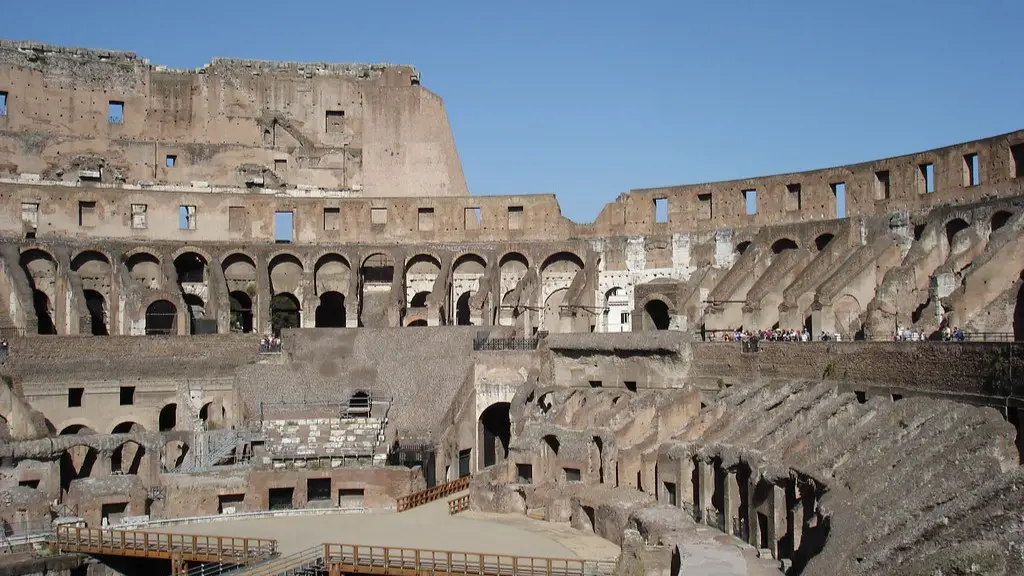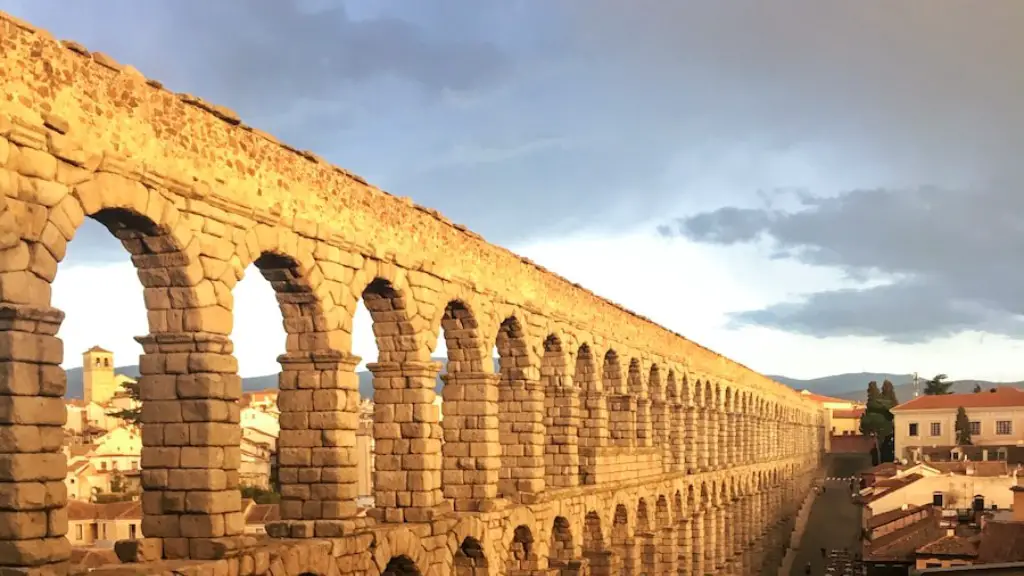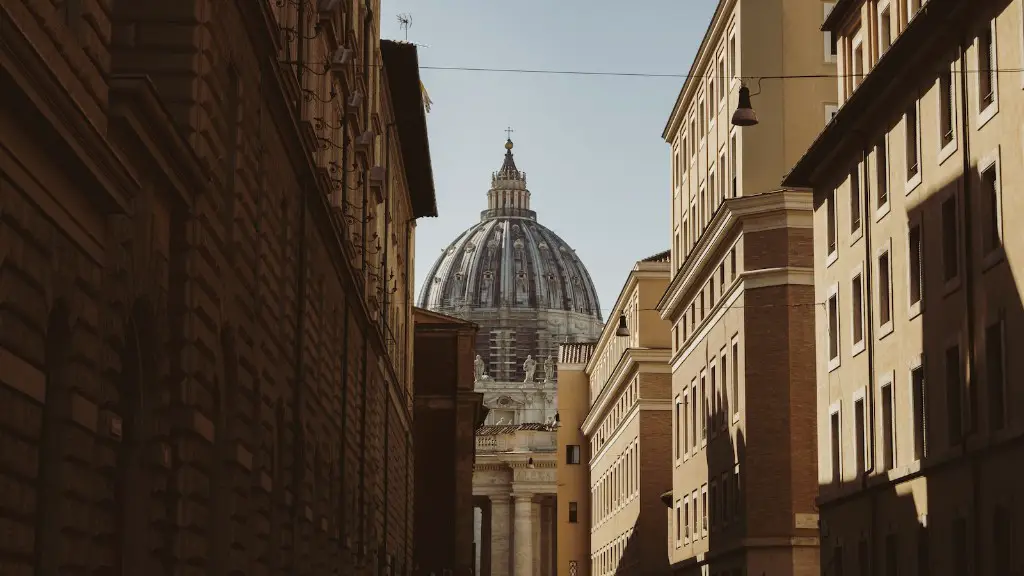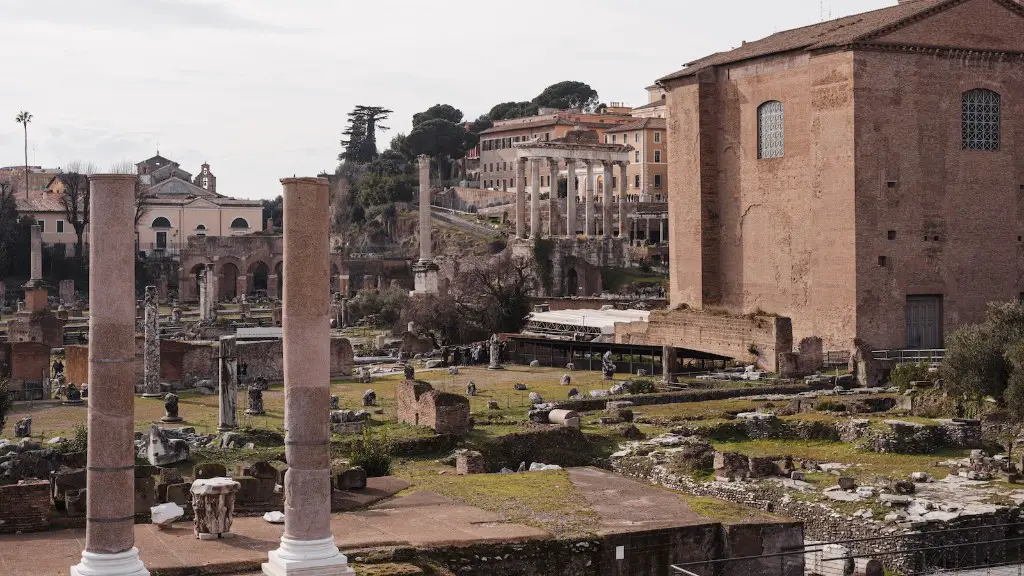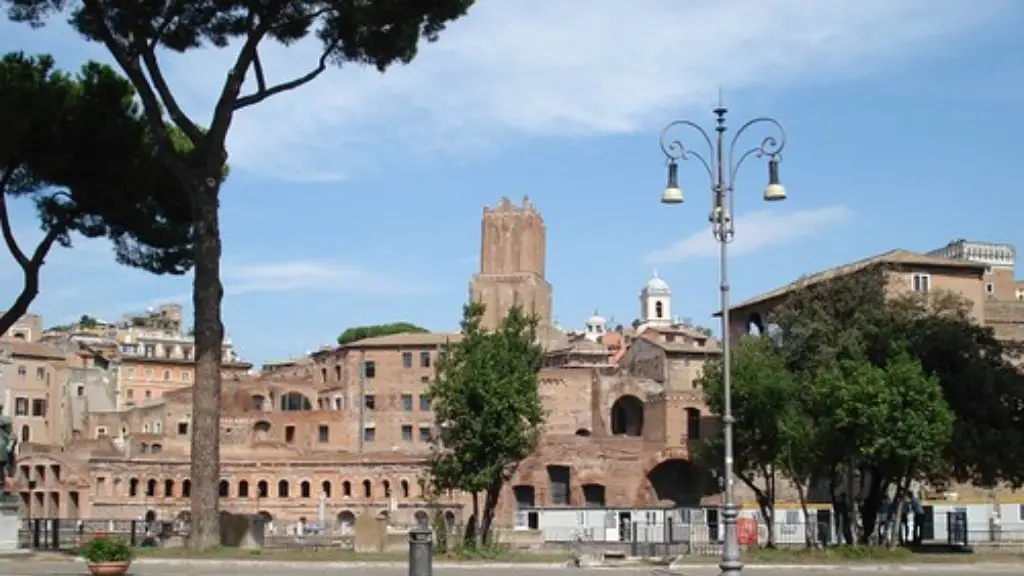No one can say for certain how many middle-class citizens there were in Ancient Rome. It is clear, however, that there was a significant number of people who could be classified as middle class. These people were usually skilled artisans or tradespeople who owned their own businesses. They earned enough money to live comfortably, but they were not wealthy enough to be considered upper class.
There is no universal definition of “middle class,” so it is difficult to say definitively whether or not there was a middle class in ancient Rome. However, most definitions of middle class include characteristics such as being financially stable and having a certain level of education and/or professional skills. Based on these criteria, it is possible to argue that there was a middle class in ancient Rome.
What was the middle class in ancient Rome?
The Romans would most likely consider the middle-class equites to be an intermediary stage between the senatorial aristocracy and the plebs. This is because the equites were seen as being more financially stable and having more political clout than the plebs, but they were not seen as being as wealthy or as influential as the aristocracy.
The class structure in ancient Rome was very formal and official. Records of each class were kept, and being wealthy was often not enough to move up through the classes. There were three basic divisions in Roman society: citizens, noncitizens and slaves.
Where did the middle class live in ancient Rome
The lower classes and middle classes in Rome lived in insulae, which were apartment blocks. The middle and upper classes lived in domus, which were townhouses. The well-heeled and powerful lived in villas. Insulae were built of wood, mud bricks or concrete.
Social class in ancient Rome was hierarchical, with multiple and overlapping social hierarchies. An individual’s relative position in one might be higher or lower than in another, which complicated the social composition of Rome. The most important factor in determining someone’s social class was their wealth, but other factors such as family background, education, and occupation also played a role. The upper class was made up of the aristocracy, who held the most power and prestige. Below them were the middle class and the lower class. Slaves were at the very bottom of the social hierarchy.
The Roman citizens were divided into two distinct classes: the plebeians and the patricians. The patricians were the wealthy upper class people and everyone else was considered a plebeian.
Roman slaves were the lowest class in society without any rights and were considered property of the master. The quality of life as a Roman slave varied according to one’s master and one’s job.
At any time in Roman history, individual Romans knew with certainty that they belonged to a specific social class. This was due to the fact that they were either born into that class or their wealth (or the wealth of their families) ensured them membership. Senators, equestrians, patricians, plebeians, slaves, and freemen were all clear social classes that a person could belong to. In some cases, a person could change social classes based on their personal achievements or the achievements of their family.
While twelve was considered the marriageable age for Roman girls, menarche (the first occurrence of menstruation) usually occurred between thirteen and fourteen years of age. This meant that some marriages, particularly among the upper classes who tended to marry earlier than Plebians, were prepubescent. While this may seem odd to us today, it was not uncommon in times and cultures where the average life expectancy was much lower than it is now.
What were the ranks in Rome
The Roman legion was a large military unit that was divided into several ranks. The three main categories of ranks were centurions, tribunes, and prefects. Centurions were responsible for a century of troops, tribunes and prefects oversaw either one or two cohorts, and the legate was the overarching commander of the legion.
In an agrarian society like the Roman Empire, the majority of people were peasants living in villages that surrounded a city. The ancient city was largely parasitic on its surrounding villages, with no middle class at all. This meant that the peasants were the ones who did all the work while the city-dwellers simply enjoyed the fruits of their labor. This led to a great deal of resentment among the peasantry, and was one of the factors that led to the fall of the Roman Empire.
What two classes of people lived in Rome?
The two main social orders in ancient Rome were the patricians and the plebeians. The patricians were the wealthier class while the plebeians were the poorer class. The two orders were often in conflict with each other.
The Roman Empire was divided into two distinct classes: the patricians and the plebeians. The patricians were the wealthier upper class people and the plebeians were everyone else. The patricians were the ruling class of the early Roman Empire.
The social structure of ancient Rome was based on heredity, property, wealth, citizenship and freedom. It was also based around men: women were defined by the social status of their fathers or husbands. Women were expected to look after the houses and very few had any real independence.
The social hierarchy of ancient Rome was pretty strict. At the top was the emperor. Patricians were the people just below the emperor and included the wealthy, the nobles, and the members of government.
What was the Roman working class called?
Plebeians were the average working citizens of Rome who were not members of the patrician, senatorial or equestrian classes. They were farmers, bakers, builders or craftsmen who worked hard to support their families and pay their taxes. The term plebeian referred to all free Roman citizens who were not members of the upper classes.
Plebeians were allowed to own slaves, but women had little power except for in the household. Roman plebeians made up the largest and poorest social class.
Warp Up
No, there was not a middle class in ancient Rome.
No definitive answer can be given to this question as there is no clear definition of what constitutes a middle class. Furthermore, there is no agreement on when ancient Rome began and ended. However, based on the available evidence, it seems likely that there was at least some form of middle class during the period known as the Roman Republic (c. 509 BC – c. 27 BC). This was a time when Rome was governed by a Senate, a group of wealthy landowners who had considerable political power. Though the vast majority of the population were poor, there were some middle-class citizens who owned their own businesses and employed others.
